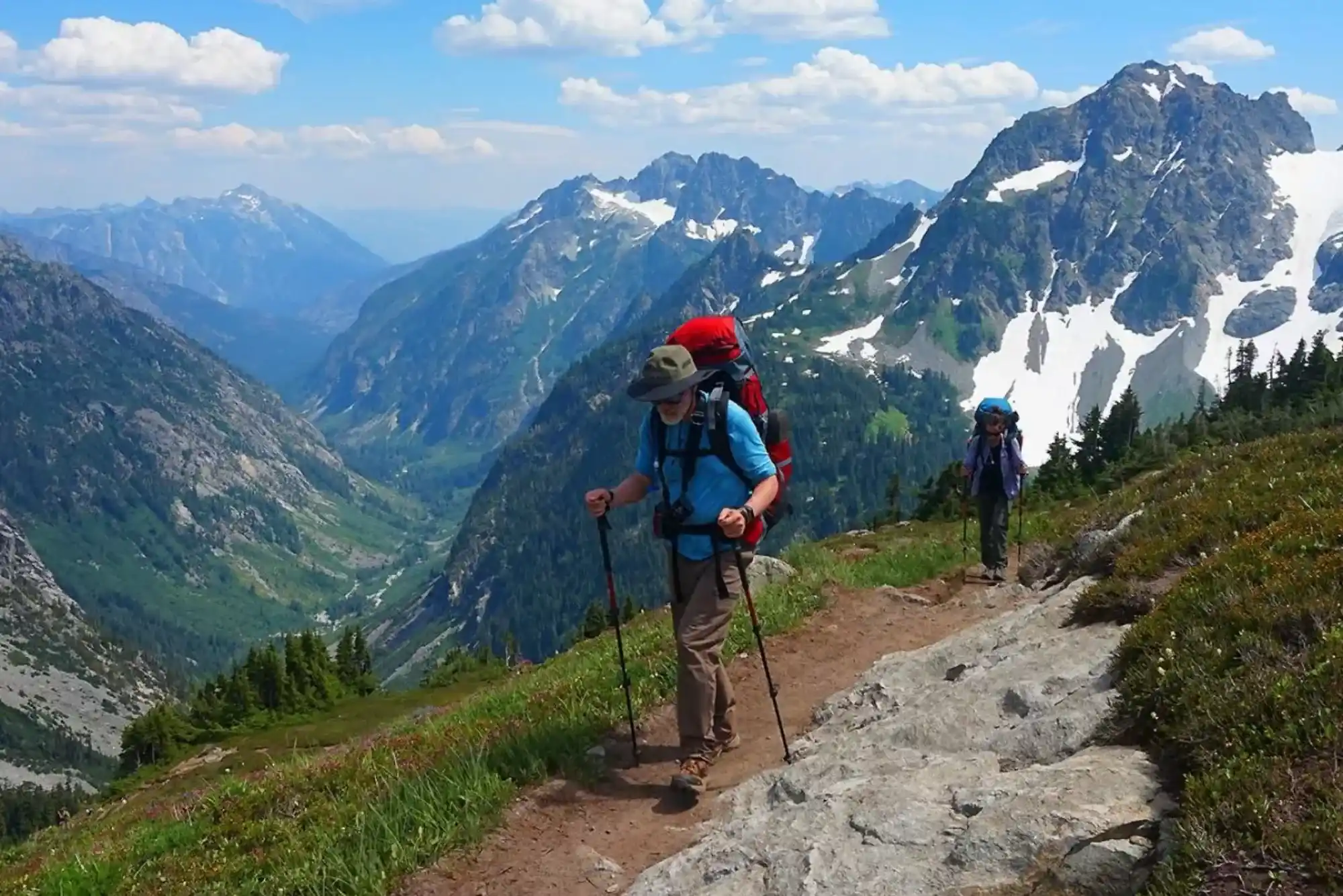Designer Streets That Deliver
Designer streets that deliver are more than beautiful pathways. They shape how people move, interact, shop, and experience a city. These modern streets blend style, function, and community needs in ways that support urban life. When planned well, they increase foot traffic, boost local economies, and create safer and more enjoyable public spaces.
Understanding the Concept of Designer Streets
Designer streets are carefully planned urban spaces that combine aesthetics and functionality. They focus on human experience and aim to create places where people want to spend time. The goal is to deliver value to residents, businesses, and visitors.
How Designer Streets Improve Urban Flow
Smart design increases accessibility. Streets with wide walkways, intuitive routes, and safe crossings help people navigate with ease. These environments reduce congestion and promote smoother movement for pedestrians, cyclists, and vehicles. When streets prioritize people, they encourage a healthier and more active lifestyle.
Why Aesthetics Matter for Modern Streets
Visually appealing streets influence how people feel in a space. Elements such as artistic lighting, well-chosen street furniture, and attractive landscaping create a welcoming atmosphere. These touches make a street more memorable. They also support tourism by giving cities signature looks that stand out.
Features That Make Designer Streets Deliver Results
Every designer street reflects thoughtful planning. When features work together, the entire area becomes more livable and dynamic.
Blending Architecture and Public Space
Successful designer streets complement the surrounding buildings. They frame the architecture in a way that tells the story of the neighborhood. This harmony creates a sense of identity. When people feel connected to a place, they are more likely to return. Cities often use design to highlight cultural heritage or introduce a modern look that signals progress.
Encouraging Social Interaction
People gather where they feel comfortable. Designer streets with shaded seating, open spaces, and entertainment zones inspire interaction. These areas often host outdoor events, which increase engagement and bring communities closer together. Comfort leads to longer visits, which benefits nearby businesses.
Enhancing Safety and Comfort
Design choices impact safety. Good lighting, clear sightlines, and accessible pathways help everyone feel secure. These features are especially important at night. Comfortable surfaces, weather protection, and well-marked pedestrian zones reduce accidents and improve usability for all age groups.
The Economic Impact of Designer Streets
The financial benefits of designer streets are significant. When an area becomes more attractive and functional, it naturally draws more visitors.
Boosting Local Businesses
Streets that encourage walking stimulate local commerce. Shoppers are more likely to explore when the environment feels pleasant. Retailers, cafes, and service providers all see increased foot traffic. Designer streets create opportunities for small businesses to thrive.
Increasing Property Values
A well-designed street elevates property value. Buyers and investors look for vibrant areas with long-term growth potential. Upgraded streets often become key selling points. Over time, these improvements transform neighborhoods into highly desirable locations.
Supporting Tourism and Cultural Activities
Tourists seek memorable experiences. Designer streets provide scenic backdrops for photos, festivals, and cultural activities. Cities often rely on these areas to promote their identity. Attractive streets become iconic destinations, drawing global attention and boosting tourism revenue.
Sustainability at the Heart of Modern Designer Streets
Sustainable elements have become essential in contemporary street design. Cities are adapting to climate challenges through smart planning.
Greenery That Reduces Heat and Improves Air Quality
Trees and plants play a crucial role in urban environments. They cool the air, reduce pollution, and improve mental well-being. Streets with greenery feel calmer and more inviting. Planners now incorporate native plants to support ecosystems and reduce maintenance needs.
Eco-Friendly Materials and Smart Drainage
Sustainable streets use materials with long lifespans and low environmental impact. Permeable surfaces help manage rainwater, reducing flooding and protecting infrastructure. These features make streets more resilient in changing climates.
Reducing Traffic Through Pedestrian-First Design
Many cities now reduce car dominance to create more walkable zones. When streets focus on pedestrians and cyclists, they become safer and more enjoyable. This shift lowers emissions and encourages greener transportation options.
Real-World Examples of Designer Streets That Deliver
Across the world, designer streets showcase the power of thoughtful planning.
Transforming City Centers Into Walkable Districts
Many cities have turned busy car streets into pedestrian zones. These areas offer outdoor dining, artistic installations, and cultural experiences. The transformation often sparks economic revival and increased tourism.
Reviving Historic Neighborhoods Through Design
Some designer streets preserve historic charm while adding modern functionality. By highlighting cultural details, these streets provide educational value and strengthen community pride. They bridge the gap between tradition and innovation.
Creating Destination Streets for Lifestyle Experiences
Cities now develop streets specifically for dining, shopping, and entertainment. These lifestyle-focused areas deliver memorable experiences for locals and tourists. They combine contemporary aesthetics with functional design to create vibrant hubs.
How Technology Enhances Designer Streets
Technology brings new possibilities for improving urban life.
Smart Lighting and Energy Efficiency
Modern lighting adjusts based on activity levels. This saves energy while improving visibility and safety. Smart lighting also enhances the aesthetic appeal with color-changing options for events.
Digital Signage and Wayfinding Systems
Digital maps and interactive screens help visitors navigate with ease. They provide information about attractions, shops, and transportation. This connectivity creates a seamless and convenient experience.
Monitoring for Safety and Efficiency
Sensors and cameras support real-time monitoring. Cities use this data to manage crowds, reduce traffic, and respond quickly to emergencies. These systems improve overall street performance and safety.
Why Designer Streets Are Critical for Future Cities
Urban populations are growing. Cities must evolve to meet future needs. Designer streets provide solutions that balance beauty, functionality, and sustainability.
Supporting Healthier Urban Living
Walkable, well-designed streets encourage movement. This shift improves public health by reducing pollution and promoting physical activity. Designer streets also support mental wellness through calm and aesthetically pleasing environments.
Creating Inclusive Spaces for Everyone
Inclusive design ensures streets work for people with different abilities and ages. Features like ramps, tactile paving, and accessible seating improve equality. Inclusive streets build stronger, more unified communities.
Preparing Cities for Climate Resilience
Climate change demands adaptable infrastructure. Designer streets with smart drainage, shade, and green spaces help cities manage extreme weather. These features protect communities and reduce long-term costs.
Why Designer Streets Truly Deliver
Designer streets that deliver are a key part of vibrant, modern cities. They bring together beauty, comfort, sustainability, and economic value. These streets encourage people to explore, connect, and enjoy public spaces. As cities continue to grow, well-designed streets will become even more essential. If you want to explore destinations that highlight the best of urban design and cultural experiences, visit Travels Village for inspiration and travel insights.
FAQs
What makes a street well-designed?
A well-designed street balances functionality and aesthetics. It improves safety, supports movement, and creates enjoyable spaces. Good design encourages people to walk, shop, and spend time outdoors.
Why are walkable streets important?
Walkable streets reduce traffic, support local businesses, and promote healthier lifestyles. They make cities more accessible and enjoyable for both residents and visitors.
How do designer streets help the economy?
Designer streets attract foot traffic, increase property values, and boost business activity. Their beauty and functionality also make them valuable assets for tourism.
What is the role of greenery in street design?
Greenery cools the environment, improves air quality, and enhances visual appeal. It creates a calming atmosphere and supports sustainable urban development.
How do cities maintain designer streets?
Cities use long-lasting materials, smart technology, and planned maintenance schedules. Community involvement and sustainable practices also help preserve these streets.













